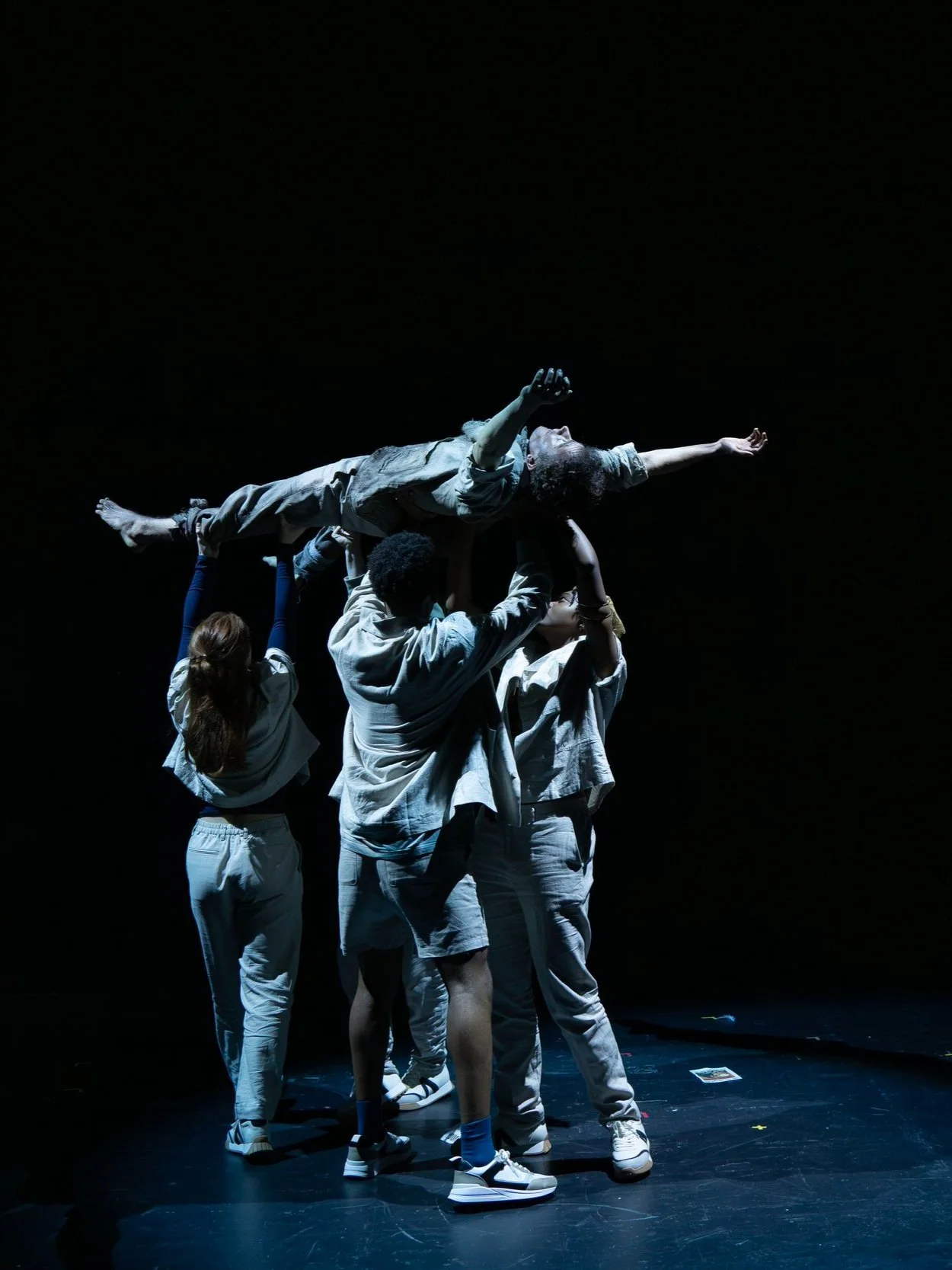“You are your best thing.”
- Toni Morrison
Intimacy Professional
I am a Certified Intimacy Director. My primary work lives in the world of live performance, theater, dance, and the rehearsal spaces in between. I guide the creation of intimate moments on stage with care, clarity, and consent at the center. I’m also a founding member of Intimacy Direction in Dance (IDID), an initiative born from the recognition that dance, too, needs this work. We bring the principles and protocols of intimacy practice into spaces, where bodies are the language and boundaries are often assumed rather than spoken. I also hold advanced-level training in Intimacy Coordination for film and television. That training deepens my understanding of what it takes to create emotionally honest, physically safe, and ethically grounded storytelling across mediums.
Whether on a stage or in front of a camera, I’m committed to supporting artists, honoring their boundaries, and collaborating with directors and creative teams to make work that is both brave and responsible.
Twelfth Night - Photo by Ahron Foster
Movement Director
It’s not always about choreography in the traditional sense. Sometimes, what’s needed isn’t a set of steps, but a sense of breath and the lived, physical truth of a moment. Movement, when approached with care and attunement, can offer depth and resonance that elevates theatrical storytelling. It can hold what words cannot say. It can open emotional pathways, ground the work in the body, and give shape to the invisible.
As a movement analyst, I focus on deep observation, somatic knowledge, and nuance. I don’t just see bodies moving; I see stories unfolding in space. I see how bodies shape space, how space shapes bodies, and how all of it exists in conversation with rhythm, time, and intention. Whether subtle or bold, intentional movement invites the audience in, not just to witness, but to feel.
If I Have Loved Strangers - Photo by Ahron Foster
Mentoring for Movement Educators
Teaching is an art, a deeply human, creative act that requires presence, intuition, and skill. I’ve been teaching for over 30 years, primarily in higher education. Throughout that time, I have come to understand that good teaching is not about performance or authority, it’s about connection.
In recent years, I have had the joy of working closely with emerging teaching artists. I guide them in the craft of what they teach and how to shape a rich experience for their students. We explore how to build a class from the ground up, not just a lesson plan and foster an environment that encourages exploration, safety, and growth. I help them introduce improvisation to young movers in a way that is accessible, empowering, and rooted in discovery. We also spend time on something often overlooked; how to give feedback in a way that invites students deeper into the work, rather than shutting them down. Feedback is a delicate skill, it’s about being honest and generous at the same time, naming what’s working and what’s possible, all while keeping the student’s dignity and potential at the center.
THE PROCESS
What is the role of an Intimacy Director
in live performance?
I’m often contacted with a statement like, “We only need you for one or two rehearsals.” And while I understand the desire to quantify the work, intimacy direction is not a plug-and-play, drop-in role. It’s not just about showing up, setting a few moves, and disappearing. It is a layered, relationship-based process that supports the creative team and the performers over time.
Yes, the actual choreography of an intimate scene may be staged during a specific rehearsal or two, but the quality of that work, the safety of the space, and the ease with which it can unfold, are all shaped long before the staging begins. When I’m brought in early - even just earlier in the day to observe other rehearsals - it allows me to attune to the tone of the room, build trust with the artists, and understand the larger dynamics at play. That presence can diffuse the tension and awkwardness that often surround intimate scenes, and instead foster an environment of mutual respect and collaboration.
This work is not only about consent and safety, though that is essential; it’s also about process, presence, and pacing. It’s about creating the conditions where actors can do their best work, directors can stay focused on vision, and the production can unfold with clarity and care.


